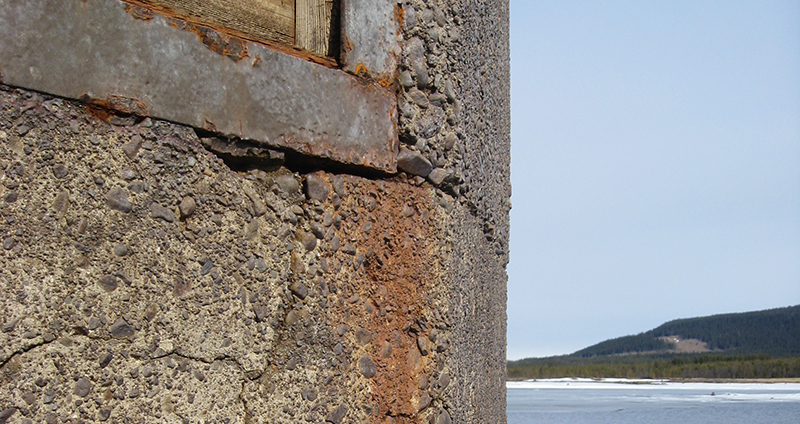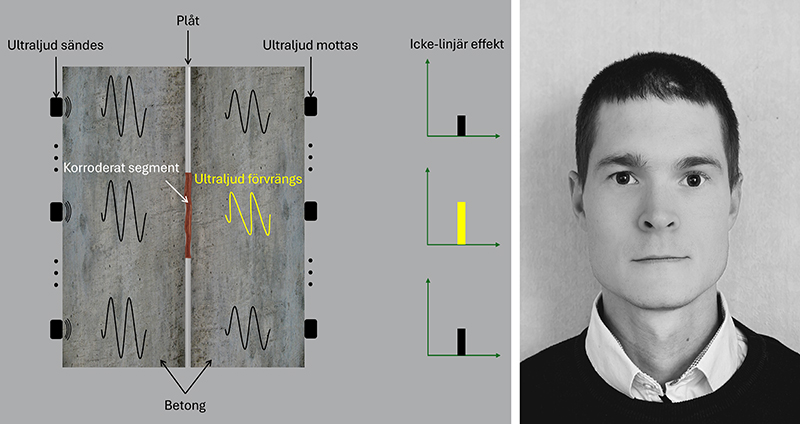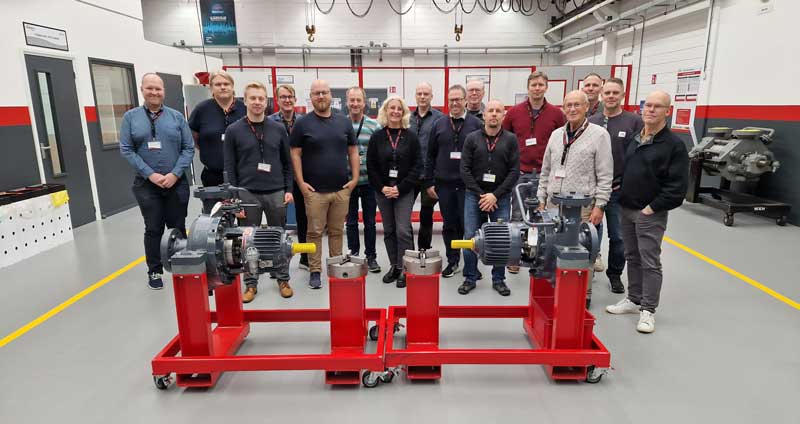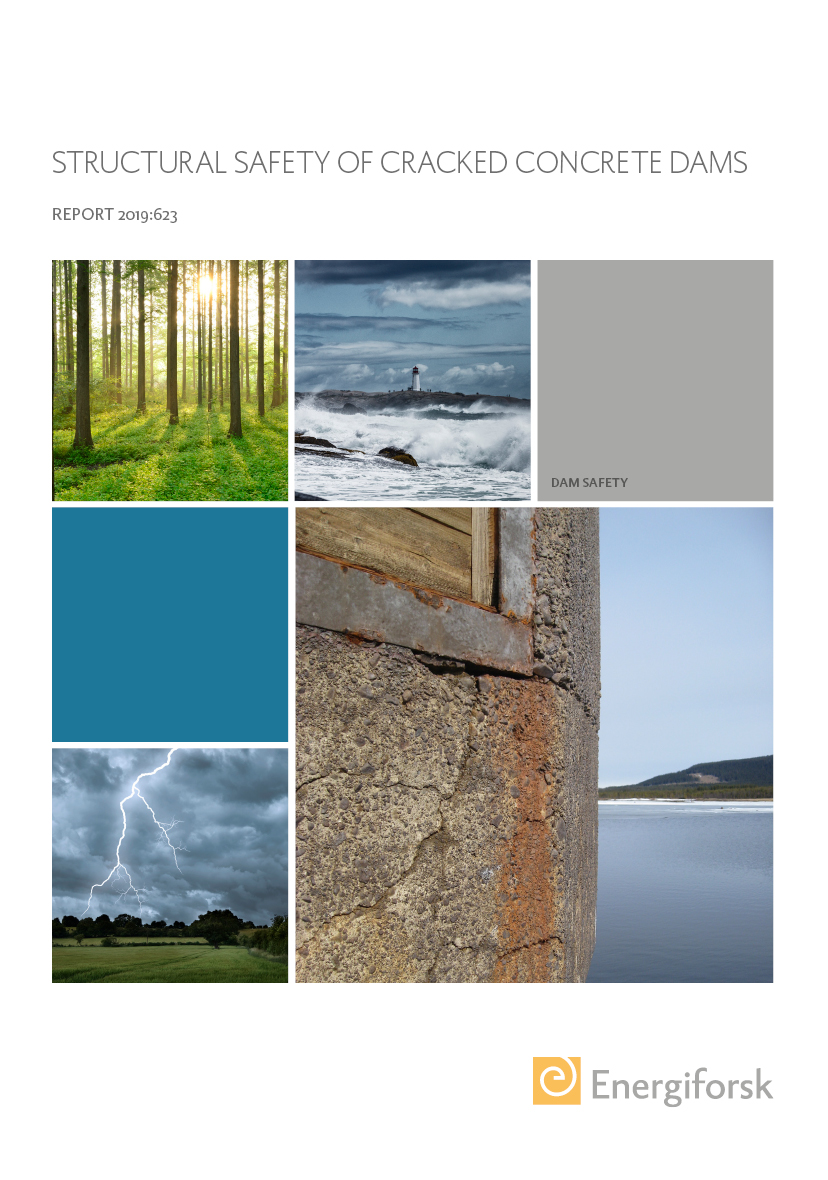Cracks and cracking in concrete dams can give a need to determine the current status from a dam safety perspective and an estimation on remaining service-life taking the cracks into consideration. A comparison between the current status and the formal requirements should be made.
Condition control is a prerequisite to define the current status and future development and to do this there is a need for knowledge on what type of cracks has occurred and the reason for cracking. To do this there is a need to combine observations, sampling, measurements and theoretical models and analysis.
A previous project within Dam Safety Interest Group (DSIG) resulted in a seven- step-method to analyze cracked concrete dams and the current work is taking this forward to adapt the methodology to Swedish conditions.




